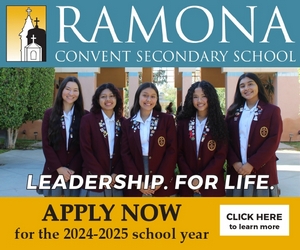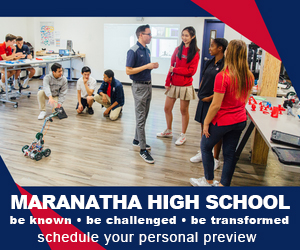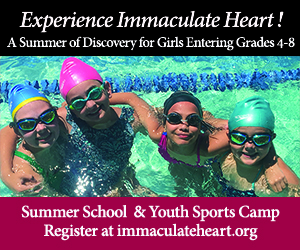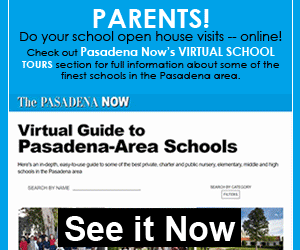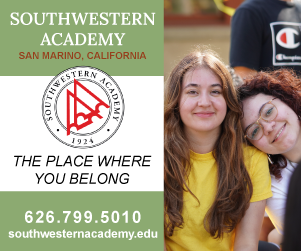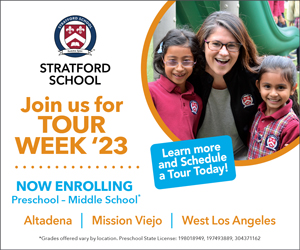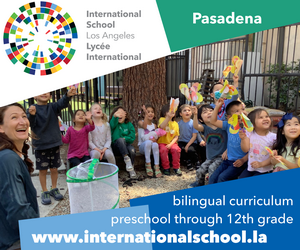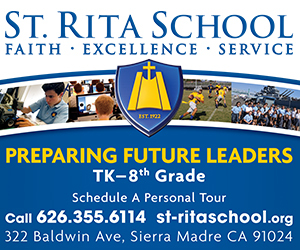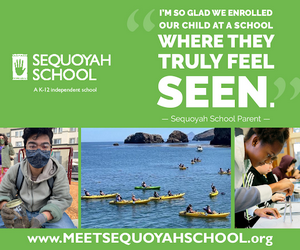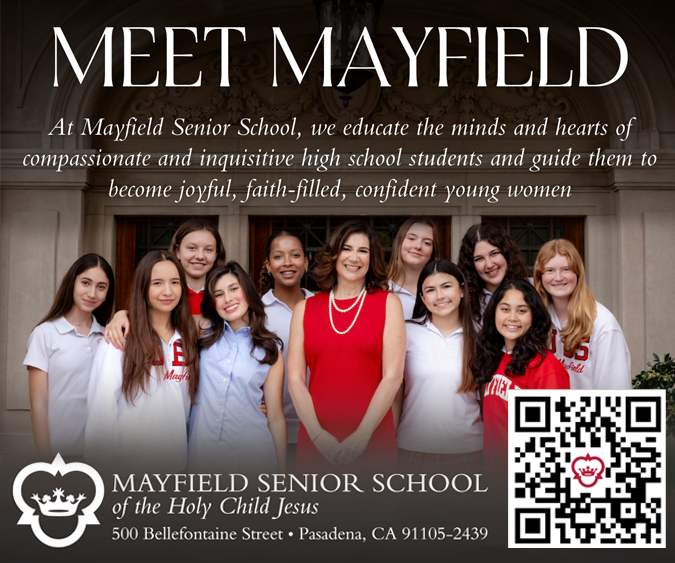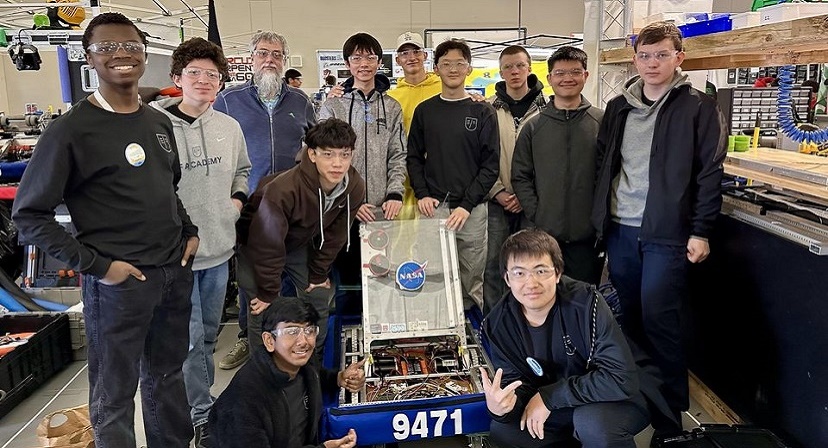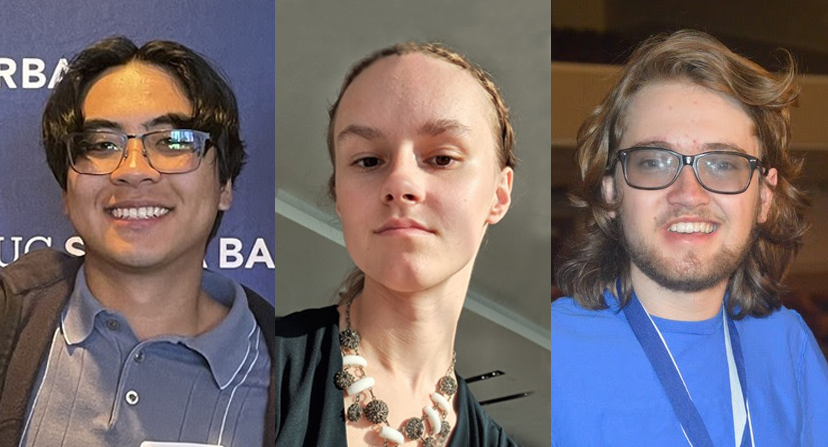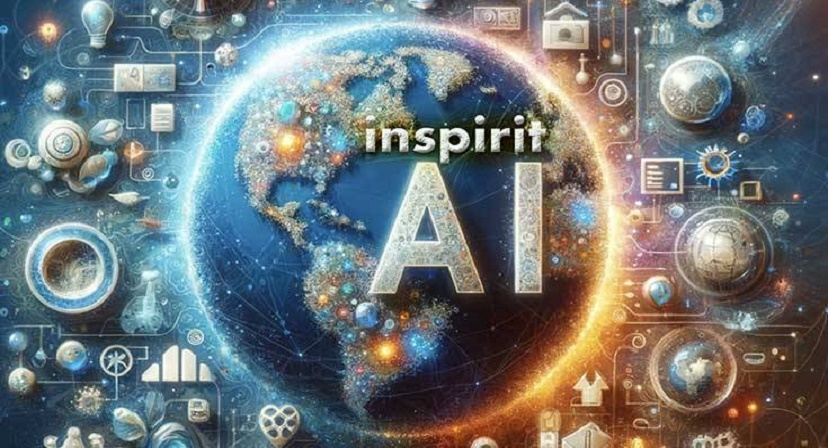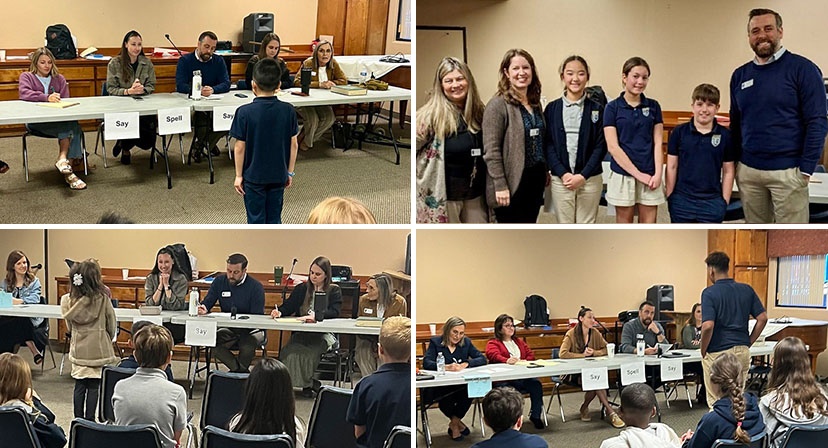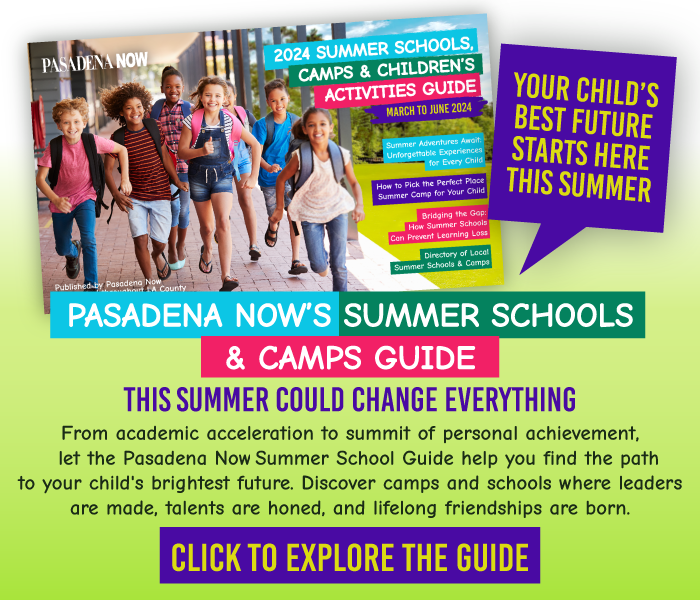Virtual Reality Brings Science into View for Immaculate Heart Students

Those giggles heard in Stacie Miller’s Physiology class at Immaculate Heart High School recently were triggered not by the closer look her students suddenly had of the skeletal system, but by the virtual reality glasses that made it happen.
“How do I look?” asked one student as she chuckled and adjusted the piece of cardboard in front of her eyes. “This is so cool!” said another, grinning broadly as she swiveled her head, and her cardboard goggles, to view a spine.
Her class clearly engrossed by the activity, Miller deemed her first demonstration of Google Cardboard a big success. “My Physiology students absolutely loved the Google Cardboard demo!” she exclaimed.
The latest tool to enhance instruction, Google Cardboard is literally a piece of cardboard designed to fold into a rather nifty set of virtual reality goggles. But before students can use the glasses, they must first download a software application called Google Expeditions onto their smartphones. Following the app’s instructions, students “join” an expedition and then insert their phones into the cardboard frames. They are then off to view a virtual reality experience.
Once students have loaded Google Expeditions, the teacher uses an iPad (or a smartphone) to lead the class in the virtual outing. “I act as a guide and the students act as explorers,” explained Miller. “The guide has a variety of activities and points of interest to highlight onscreen for the expedition.”
For her Physiology class, Miller guided students through different parts of the skeletal system: the spine, long bone anatomy, the appendicular region, the axial region, and joints and muscles. At different points, she asked students increasingly more difficult questions. “It was a good review for my students,” she said, noting they would soon take an exam on the skeletal system.
“Google Cardboard and Google Expeditions are great tools that allow my Physiology students to get up close to the structures they cannot see beneath their skin,” Miller said.
The teacher has since introduced Google Cardboard and Google Expeditions in her Marine Biology class. “My Marine Biology students can now visit places in the ocean that I talk about – reefs, the deep sea, and also organisms in their habitats,” she said. “It’s all very exciting.”
About Immaculate Heart
Founded in 1906, Immaculate Heart educates young women in grades sixth through 12th from its central location in the Los Feliz foothills near Griffith Park in Hollywood. The school has a long and distinguished history, with more than 10,000 graduates. Today’s student body of more than 700 young women is both geographically and ethnically diverse, drawing on students from throughout Los Angeles County. Last year, virtually 100 percent of Immaculate Heart graduates matriculated to colleges, including the most prestigious schools in the country. http://www.immaculateheart.org/




